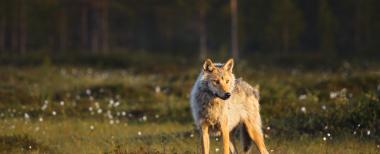Report on conditions for hunting wolves to manage the population completed
Ministry of Agriculture and ForestryWorking groups appointed by the Ministry of Agriculture and Forestry propose a five-year experiment to allow wolf hunting for population management purposes if the population is at a favourable conservation status. The Ministry will assess the possibility to allow hunting after the Natural Resources...
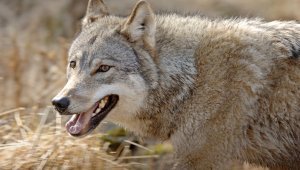
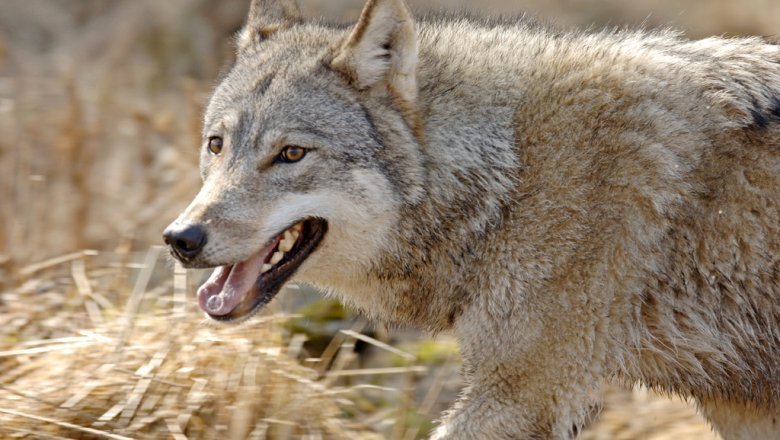
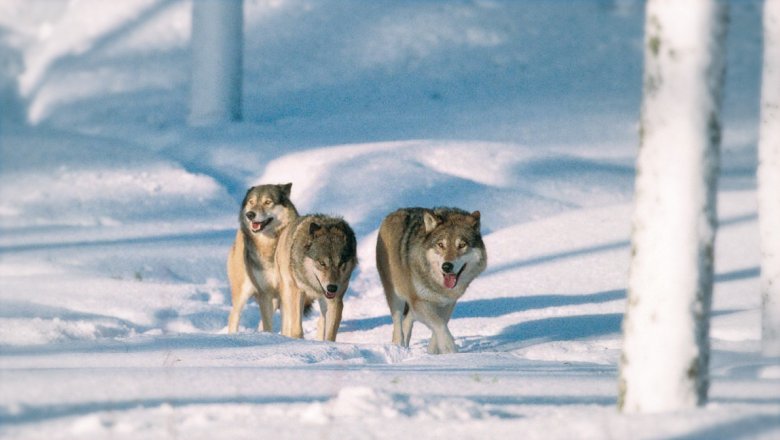
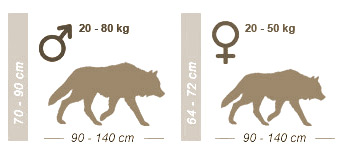 The fur of the wolf is golden yellow or silver grey. The wolf is the largest canine living in the wild. The wolf's body is 100–140 cm long, its tail measures 35–50 cm and it usually weighs between 20–50 kg, although specimens that have weighed over 70 kg have also been seen. The male is larger than the female.
The fur of the wolf is golden yellow or silver grey. The wolf is the largest canine living in the wild. The wolf's body is 100–140 cm long, its tail measures 35–50 cm and it usually weighs between 20–50 kg, although specimens that have weighed over 70 kg have also been seen. The male is larger than the female.